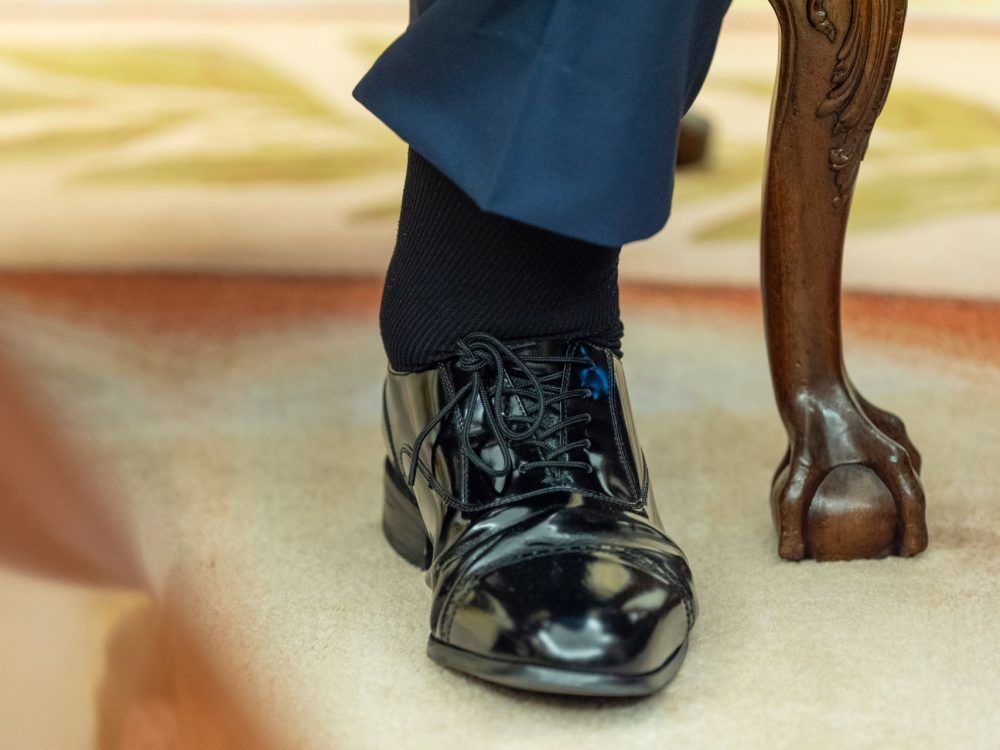
Donald Trump, 79, has been diagnosed with chronic venous insufficiency after he was examined for swelling in his lower legs, White House press secretary Karoline Leavitt said Thursday. Although the swelling was “mild,” the condition caused blood to pool in the U.S. president’s legs.
Leavitt addressed Trump’s condition at a press conference briefly, calling it “benign” and common in people over the age of 70. She added that there is no evidence of Trump’s condition being serious or life-threatening, as revealed by further and “compressive” tests.
JUST IN: President Trump underwent vascular testing after he had swelling in his legs.
— ABC News (@ABC) July 17, 2025
"All results were within normal limits ... and the president remains in excellent health," White House press secretary Karoline Leavitt said.https://t.co/47rRrwKvNK pic.twitter.com/IL9JJFubAA
Here’s what we know about Trump’s condition, how it is treated and what the letter from Trump’s doctor says.
What is chronic venous insufficiency?
Blood is normally pumped all over the body. Veins in the body then take the blood insufficient in oxygen back to the heart to refuel. In some cases, veins aren’t able to carry out that function properly and as a result the blood pools in the legs. This condition is known as chronic venous insufficiency.
Cleveland Clinic notes that “this increases pressure in the leg veins and causes symptoms like swelling and ulcers.” The academic centre encourages lifestyle changes as the first method of treatment for this condition.

“If these measures aren’t enough, your provider may recommend a procedure or surgery. “The best treatment for you depends on how far your condition has progressed and other medical conditions you have,” according to Cleveland Clinic.
What did the White House physician’s letter say?
The letter by Trump’s doctor explained that the diagnosis came after Trump underwent a comprehensive examination as the president noted mild swelling his legs. Results for other tests “were within normal limits,” physician Capt. Sean Barbabella wrote. “No signs of heart failure, renal impairment, or systemic illness were identified,” the letter continued.
Barbabella also addressed the recent photos of Trump that showed the president with minor bruising on his hand.

“This is consistent with minor soft tissue irritation from frequent handshaking and the use of aspirin, which is taken as part of a standard cardiovascular prevention regimen,” Barbabella wrote. “This is a well-known and benign side effect of aspirin therapy.”
In summary, the letter addressed to Leavitt concluded, “President Trump remains in excellent health.”
Read the full letter here: Trump’s health status update
Our website is the place for the latest breaking news, exclusive scoops, longreads and provocative commentary. Please bookmark nationalpost.com and sign up for our daily newsletter, Posted, here.